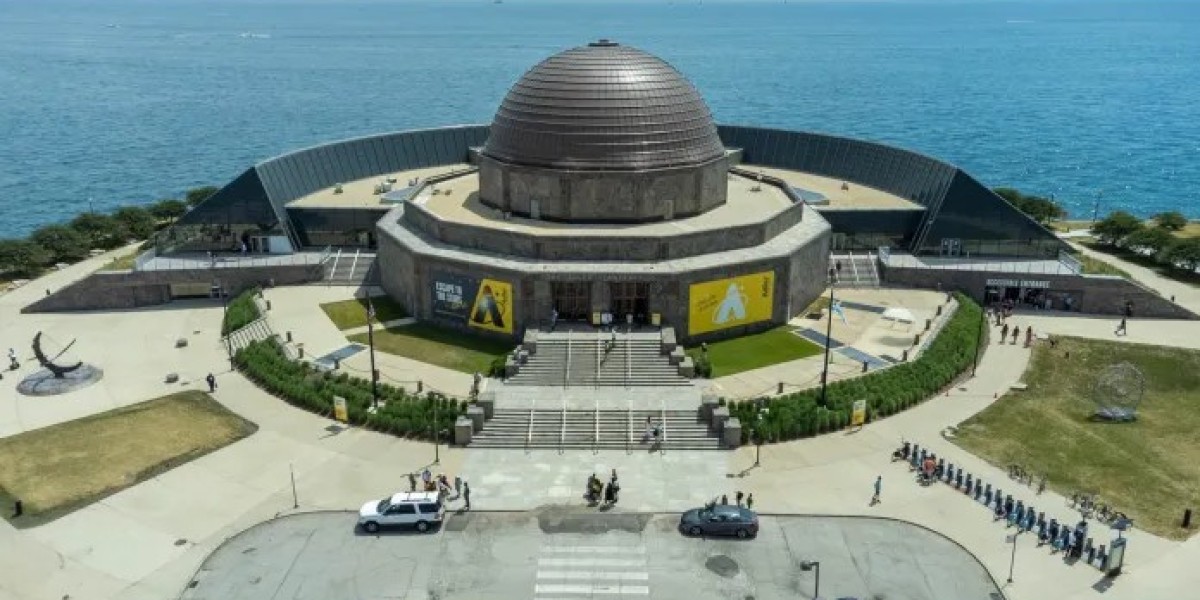In a world where technology continues to break barriers and redefine our understanding of exploration and education, the concept of a Mobile Digital Planetarium stands out as a remarkable fusion of innovation and scientific outreach. Imagine a compact, transportable dome that brings the wonders of the cosmos directly to schools, communities, and events—a captivating experience that immerses viewers in the awe-inspiring mysteries of the universe. Let's delve into the intricacies and impact of this transformative educational tool.
The Essence of the Mobile Digital Planetarium
A Mobile Digital Planetarium is a portable dome structure equipped with advanced digital projection technology. It serves as a portable theater where audiences can enjoy a realistic simulation of the night sky, celestial bodies, and astronomical phenomena. These domes, varying in size from small to large, can accommodate groups ranging from a few individuals to entire classrooms. They are designed to replicate the immersive experience of a traditional planetarium but with the flexibility to be transported to diverse locations.
Technological Marvels Inside the Dome
Central to the Mobile Digital Planetarium's operation is its sophisticated projection system. High-resolution projectors, typically installed in the center of the dome, display a seamless panorama of the night sky across the dome's interior surface. Specialized software enables real-time rendering of the sky based on the viewer's geographical location and the date and time of the presentation.
Starry Skies: Recreate the mesmerizing view of the night sky from anywhere on Earth, showcasing constellations, stars, and deep-sky objects. Solar System Exploration: Take audiences on a thrilling journey through our solar system, highlighting the planets, moons, and asteroids. Cosmic Events: Witness astronomical events like eclipses, meteor showers, and the phases of the Moon in a captivating and educational format. Interactive features further enhance the experience, allowing presenters to navigate through space in real-time and explain celestial concepts dynamically.
Education and Outreach
One of the primary purposes of a Mobile Digital Planetarium is to make astronomy and space science accessible to diverse audiences. By bringing the planetarium directly to schools, community centers, and public events, this innovative tool overcomes traditional barriers of accessibility associated with fixed-location planetariums.
For students planetarium experience can be transformative. It provides a hands-on, interactive way to learn about astronomy, sparking curiosity and fostering a deeper appreciation for the natural world. For educators, the planetarium becomes a powerful teaching aid, enabling them to integrate captivating visual presentations into their lessons.
Beyond formal education, the Mobile Digital Planetarium serves as a vehicle for public engagement with science. It can be deployed at public festivals, libraries, and museums, attracting people of all ages and backgrounds to explore the wonders of the cosmos. This outreach not only promotes scientific literacy but also inspires future generations to pursue careers in STEM fields.
Advantages of Mobility
The mobility of the Digital Planetarium unlocks a myriad of possibilities for reaching diverse communities. It can travel to remote areas, serving populations that may not have easy access to traditional educational resources. Moreover, the dome can be set up in unconventional spaces, transforming gymnasiums, auditoriums, or even outdoor spaces into celestial theaters.
The versatility of a Science experiments kits extends to its logistical aspects as well. Unlike fixed planetariums, which require substantial infrastructure, a mobile dome can be assembled and disassembled relatively quickly. This flexibility allows for frequent rotations between locations, maximizing its impact across a broader geographical area.
Challenges and Future Directions
While Mobile Digital Planetariums have immense potential, they also face certain challenges. Maintaining equipment, ensuring accurate calibration, and securing adequate funding for operations and upgrades are ongoing considerations.
Looking ahead, technological advancements promise exciting developments for this field. Improvements in projection quality, augmented reality integration, and remote connectivity could further enrich the mobile planetarium experience, enhancing both educational content and interactivity.
The Mobile Digital Planetarium represents a remarkable convergence of technology, education, and outreach. By bringing the cosmos directly to audiences worldwide, this innovative platform not only fosters scientific understanding but also inspires a sense of wonder and curiosity about the universe. As we continue to explore the frontiers of space and technology, the mobile planetarium serves as a beacon of accessibility and inclusivity, inviting everyone to embark on a journey through the stars.



